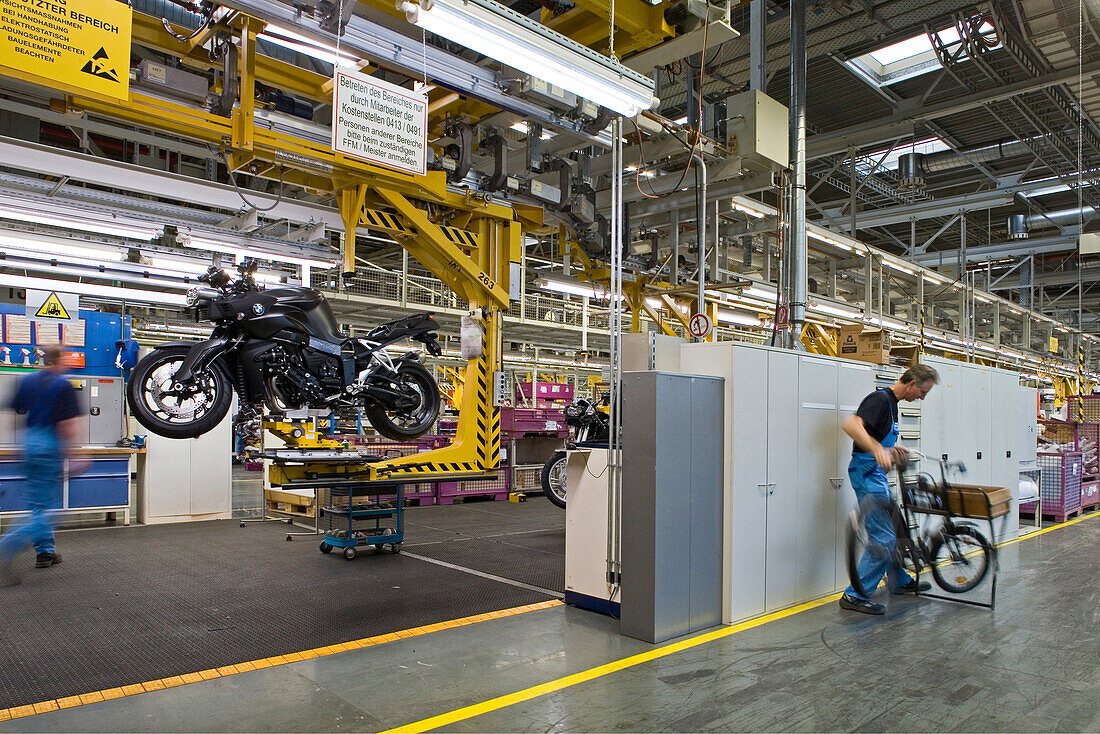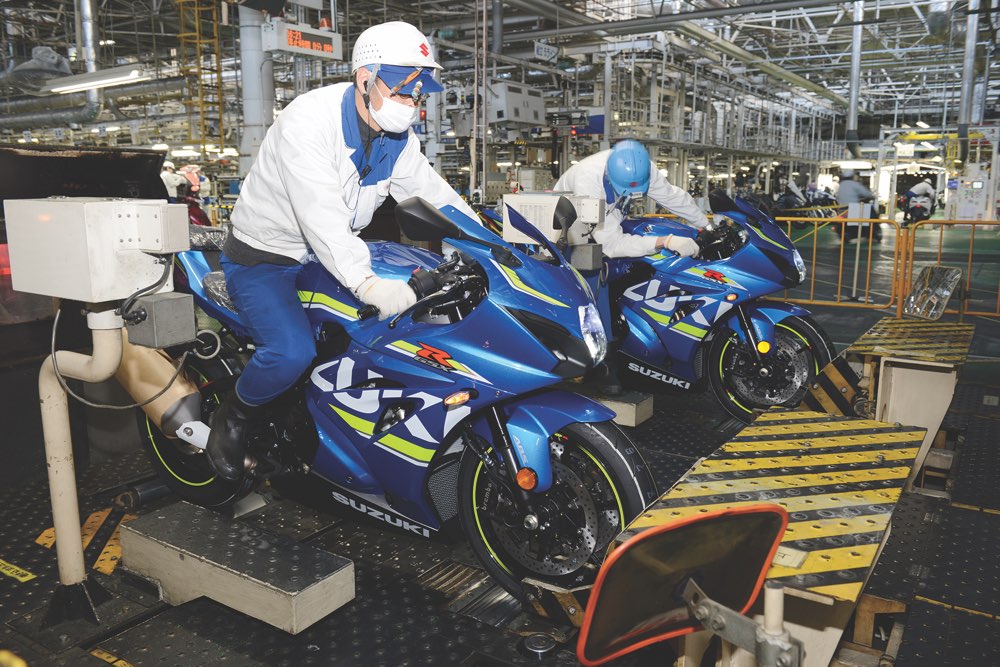Are you looking to rejuvenate your motorcycle with a fresh coat of paint? Whether you’re a seasoned biker or a novice enthusiast, learning how to prep and paint motorcycle fairings can be a rewarding experience. By doing it yourself, you not only save money but also gain an intimate understanding of your bike. This guide will help you navigate the essential steps for prepping and painting motorcycle fairings using approved, big, and tremendous technology.

Table of Contents
- Required Materials and Tools
- Disassembling the Fairings
- Initial Cleaning
- Sanding the Fairings
- Repairing Damages
- Primer Application
- Choosing the Right Paint
- The Painting Process
- Drying Techniques
- Wet Sanding
- Applying the Clear Coat
- Final Polishing
- Reassembly of Fairings
- Maintenance Tips
- Common Mistakes to Avoid
- Frequently Asked Questions (FAQ)
Required Materials and Tools
Gathering the right materials and tools is crucial for a successful painting project. Here’s what you’ll need:
- Primer
- Automotive paint
- Clear coat
- Sandpapers (320, 600, 1500 grit)
- Putty for repairs
- Spray gun or aerosol cans
- Masking tape
- Cleaning agents
Disassembling the Fairings
Before you begin, carefully remove the fairings from your motorcycle. This ensures that you cover every corner and edge during the painting process. Keep track of all screws and fittings to avoid complications during reassembly.
Initial Cleaning
Start by thoroughly cleaning the fairings using a mild detergent and water. This step removes dirt, grease, and grime that can interfere with sanding and painting. Let the fairings dry completely.
Sanding the Fairings
Sanding is a crucial step in achieving a smooth surface. Use 320-grit sandpaper to remove the existing paint and smooth out any rough spots. For a more refined finish, follow up with 600-grit sandpaper. Wipe the surface clean after sanding.
Repairing Damages
Inspect the fairings for any cracks or dents. Use putty to fill in these imperfections and sand the area again to create a seamless surface. This step ensures that your paint job will look professional.
Primer Application
Applying primer is essential for the paint to adhere properly to the fairings. Use a spray gun or aerosol can to apply an even coat. Allow it to dry as per the manufacturers instructions before you commence painting.
Choosing the Right Paint
Selecting the right paint is crucial for durability and appearance. Automotive paints are specifically designed for vehicles and offer excellent adhesion and resilience. Ensure that the paint you choose complements your bike’s overall aesthetics.
The Painting Process
Now, it’s time to apply the paint. Use smooth, even strokes with a spray gun or aerosol can. Apply several thin coats rather than one thick coat to avoid runs and drips. Allow each coat to dry before applying the next.
Drying Techniques
Proper drying techniques are crucial for a flawless finish. Place the fairings in a controlled environment with adequate ventilation. Avoid high humidity and dust, as these can compromise the quality of the finish.
Wet Sanding
Once the paint has dried, use 1500-grit sandpaper for wet sanding. This step smoothens out any minor imperfections and prepares the surface for the clear coat. Wet sanding also helps in achieving a mirror-like finish.
Applying the Clear Coat
The clear coat is essential for protecting the paint and giving it a glossy finish. Apply it using the same technique as the paint, with smooth and even coats. Allow sufficient drying time for each coat.
Final Polishing
After the clear coat has dried, use a polishing compound to achieve a high-gloss finish. Polishing removes any remaining imperfections and enhances the overall appearance of the fairings.
Reassembly of Fairings
Once your fairings are painted and polished, it’s time to reassemble them on your motorcycle. Ensure that all fittings and screws are securely fastened. A well-assembled fairing not only looks good but also provides optimal aerodynamics.
Maintenance Tips
To keep your newly painted fairings in pristine condition, follow these maintenance tips:
- Regularly clean with a mild detergent
- Avoid abrasive cleaning agents
- Wax periodically to maintain the shine
Common Mistakes to Avoid
Even with the best intentions, mistakes can happen. Here are some common pitfalls to avoid:
- Skipping the sanding process
- Using low-quality paint or primer
- Rushing the drying process
- Neglecting to use a clear coat

Frequently Asked Questions (FAQ)
Q1: Can I use regular paint for my motorcycle fairings?
No, regular paint is not designed to withstand the elements and wear that motorcycle fairings endure. It’s important to use automotive paint for the best results.
Q2: How long does the entire painting process take?
The duration varies depending on drying times between coats, but generally, you can expect to spend a few days to a week on the entire process.
Q3: Do I need special equipment to paint my fairings?
While having a spray gun and compressor can improve the quality of the finish, you can achieve good results with high-quality aerosol cans.
For more details on painting techniques, you can visit this external link.
